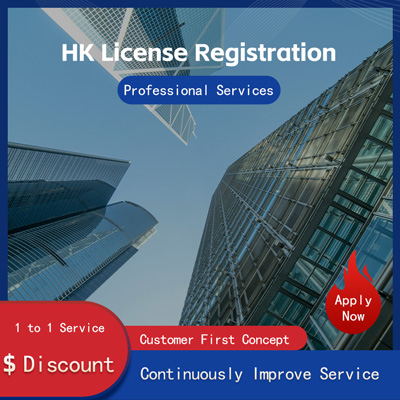
Cross-Border E-Commerce Import Classification Model What Is It?
In recent years, the rise of cross-border e-commerce has transformed the way people shop globally. Cross-border e-commerce refers to the import and export of goods through e-commerce platforms across national borders. Among these, the classification model of cross-border e-commerce imports is particularly significant as it determines how different types of products are handled and delivered to consumers.

The classification of cross-border e-commerce imports can be divided into two main categories direct purchase import DPI and bonded import. These models have distinct characteristics and cater to different consumer needs. Understanding these models helps businesses tailor their strategies to maximize efficiency and customer satisfaction.
Direct Purchase Import DPI is a straightforward model where consumers directly order products from overseas sellers through online platforms. Once an order is placed, the product is shipped directly to the consumer's location. This model allows for a wide variety of products and is especially popular for items that are not commonly found in local markets. For instance, a recent report by CNN highlighted how DPI has become a preferred choice for luxury goods such as designer handbags and high-end cosmetics. The advantage of DPI lies in its flexibility and ability to offer a broad selection of products. However, this model often involves longer shipping times and higher costs due to customs clearance and international shipping fees.
On the other hand, the Bonded Import model operates differently. In this model, goods are pre-stored in bonded warehouses located within the consumer’s country. When a consumer places an order, the product is shipped directly from the warehouse to the consumer. This approach significantly reduces delivery time and costs compared to DPI. A news article published by CNBC noted that major e-commerce giants like Amazon and Alibaba have been expanding their bonded warehouse networks to accommodate increasing demand for faster deliveries. The Bonded Import model is particularly effective for frequently purchased items such as baby formula, skincare products, and. It ensures that consumers receive their purchases quickly while maintaining competitive pricing.
Both models have their strengths and limitations, making them suitable for different market segments. For example, DPI is ideal for niche products or luxury items where variety is crucial, while Bonded Import excels in delivering everyday essentials efficiently. Retailers often use a combination of both models to cater to diverse consumer preferences.
From a regulatory perspective, both DPI and Bonded Import models must comply with local trade laws and customs regulations. This includes ensuring proper documentation, payment of duties, and adherence to health and safety standards. A recent article in Forbes emphasized the importance of regulatory compliance in maintaining consumer trust and avoiding legal issues. Companies operating in this space need to stay informed about changes in legislation to ensure smooth operations.
In conclusion, the classification of cross-border e-commerce imports into Direct Purchase Import and Bonded Import models reflects the evolving landscape of global shopping. Each model offers unique benefits and challenges, allowing businesses to optimize their supply chains and meet consumer expectations. As cross-border e-commerce continues to grow, understanding these models will remain essential for companies looking to thrive in this dynamic industry.
Helpful (0)
No help (0)
Still have questions after reading? More than 98,000 users have contacted us. Please fill in the following information to obtain business information.

Previous Article
How to Improve Cross-Border E-Commerce Website Layout to Attract Customers
Apr 20, 2025Service Scope
MoreRecommended for You
- A Crucial Step in Trademark Registration Why You Can't Skimp on CR Fee
- How Much Does It Cost to Register a Trademark in the U.S.? A Clear Breakdown of Fees!
- Want to Register a Trademark in the U.S.? Master These Key Steps to Launch Your Brand Smoothly!
- How to Apply for a US Trademark? 10 Key Tips to Nail It in One Go!
- How to Successfully Register a Trademark in the U.S. for a Singapore Co. A Practical Guide
- How to Apply for a US Trademark After Registering a Company in Singapore? A Detailed Guide on Costs and Process
- A Comprehensive Analysis of US Companies Registering Trademarks in China How Much Do You Know?
- Guide to Registering a U.S. Trademark for Singapore Businesses Costs, Process Practical Tips
- How to Register a Trademark in the U.S. for a Shenzhen Company? Here's a Complete Guide!
- U.S. Trademark Registration Guide Step-by-Step Process Key Considerations
- Things to Know About U.S. Trademark Registration Is a Business License Needed? Cost Breakdown Here
- Shenzhen Startups Must Read US Trademark Registration Requirements Process Explained
- How to Register a Company and Apply for a Trademark in the U.S. What Documents and Procedures Are Needed?
- How to Easily Register a Company Trademark in the U.S. and Hong Kong - A Detailed Guide!
- 7 Key Tips You Must Know to Apply for a Trademark in the U.S.
- Do You Need a Trademark to Establish a Subsidiary in Hong Kong? A Deep Dive into Why This Step is Crucial
- Hong Kong Trademark Registration Costs Explained Boosting Business Globalization
- Trademark Registration in the U.S. Company or Individual? Let's Find Out!
- How to Register a Chinese Trademark in the U.S.? A Complete Guide with Practical Tips
- U.S. Trademark Registration Costs Explained All You Need to Know!


 ONE
ONE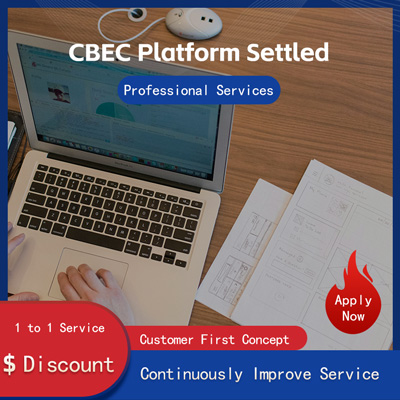
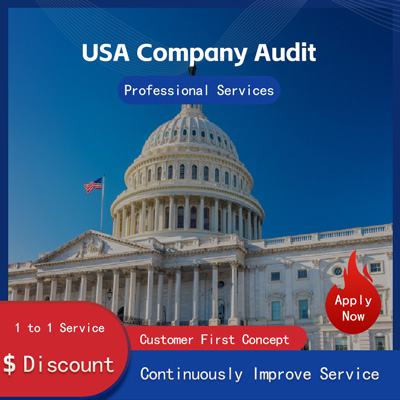


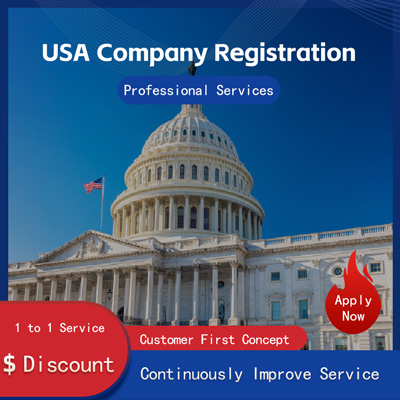

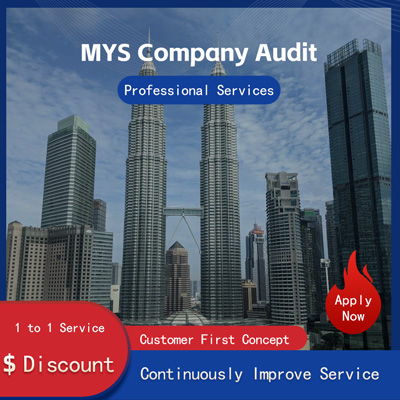
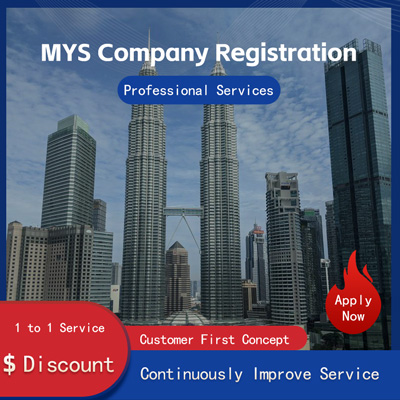
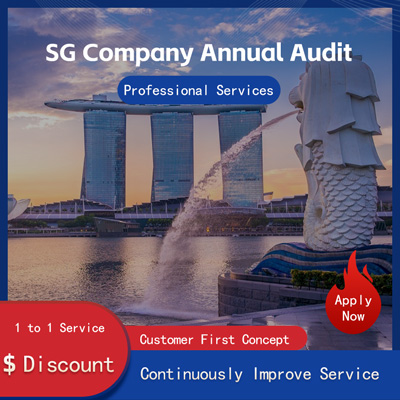
Customer Reviews
Small *** Table
December 12, 2024The experience was very good. I was still struggling to compare it with other companies. I went to the site a few days ago and wanted to implement it as soon as possible. I didn't expect that everything exceeded my expectations. The company is very large, with several hundred square meters. The employees are also dedicated and responsible. There is also a wall of certificates. I placed an order on the spot. It turned out that I did not make a wrong choice. The company's service attitude is very good and professional. The person who contacted me explained various things in detail in advance. After placing the order, the follow-up was also very timely, and they took the initiative to report the progress to me. In short, I am very satisfied and recommend this company!
Lin *** e
December 18, 2024When I first consulted customer service, they recommended an agent to me. They were very professional and patient and provided excellent service. They answered my questions as they came in. This 2-to-1 service model is very thoughtful. I had a lot of questions that I didn’t understand, and it’s not easy to register a company in Hong Kong. Fortunately, I have you.
t *** 7
December 19, 2024I originally thought that they only did mainland business, but I didn’t expect that they had been doing Hong Kong business and were doing very well. After the on-site interview, I decided to ask them to arrange the registration of my Hong Kong company. They helped me complete it very quickly and provided all the necessary information. The efficiency was awesome. It turns out that professional things should be done by professionals.👍
b *** 5
December 16, 2024In order to register a company in Hong Kong, I compared many platforms and stores and finally chose this store. The merchant said that they have been operating offline for more than 10 years and are indeed an old team of corporate services. The efficiency is first-class, and the customer service is also very professional.